- Home
- Articles
- Architectural Portfolio
- Architectral Presentation
- Inspirational Stories
- Architecture News
- Visualization
- BIM Industry
- Facade Design
- Parametric Design
- Career
- Landscape Architecture
- Construction
- Artificial Intelligence
- Sketching
- Design Softwares
- Diagrams
- Writing
- Architectural Tips
- Sustainability
- Courses
- Concept
- Technology
- History & Heritage
- Future of Architecture
- Guides & How-To
- Art & Culture
- Projects
- Interior Design
- Competitions
- Jobs
- Store
- Tools
- More
- Home
- Articles
- Architectural Portfolio
- Architectral Presentation
- Inspirational Stories
- Architecture News
- Visualization
- BIM Industry
- Facade Design
- Parametric Design
- Career
- Landscape Architecture
- Construction
- Artificial Intelligence
- Sketching
- Design Softwares
- Diagrams
- Writing
- Architectural Tips
- Sustainability
- Courses
- Concept
- Technology
- History & Heritage
- Future of Architecture
- Guides & How-To
- Art & Culture
- Projects
- Interior Design
- Competitions
- Jobs
- Store
- Tools
- More
How 3D Modeling is Changing the Design Process?

Nowadays, the number and features of 3d modeling software that every architect meets with the changing technology are increasing. We now know that professionalization is essential in 3d modeling software, which has become inevitable in architectural design. The use of 3D modeling software has revolutionized the field of architectural design, changing the way architects and designers approach the design process. In this article, we will discuss how 3D modeling software is changing the architectural design process.
One of the most significant advantages of 3D modeling software is its ability to create highly realistic visualizations of architectural designs. This allows architects and designers to visualize and communicate their designs to clients, stakeholders, and team members. 3D models can be easily manipulated and adjusted, allowing architects to experiment with different design options and quickly iterate on their designs.
3D modeling software has also enhanced collaboration among architects, designers, engineers, and other professionals involved in the design process. By using a common software platform, team members can easily share data and collaborate on design iterations in real-time, regardless of their location.

3D modeling software allows architects to create highly accurate and precise models of their designs, including complex geometries and details. This enhances the accuracy and precision of the design process, allowing architects to avoid costly errors and construction delays.
By using 3D modeling software, architects and designers can better manage costs throughout the design process. The ability to create accurate and detailed models allows architects to identify potential cost-saving opportunities and optimize their designs to reduce construction costs.
3D modeling software has increased the flexibility of the architectural design process. Architects can easily make changes to their designs as needed, without the need for costly and time-consuming redesigns. This allows architects to respond quickly to changing requirements and adapt their designs to meet evolving project needs.
3D modeling software has increased the flexibility of the architectural design process. Architects can easily make changes to their designs as needed, without the need for costly and time-consuming redesigns. This allows architects to respond quickly to changing requirements and adapt their designs to meet evolving project needs.

Revolutionary 3D Design Software
BIM software, 3D modeling software, VR/AR software, and Computational Design software have all changed the design process significantly, enhancing collaboration, visualization, innovation, and efficiency. These software programs will continue to evolve and shape the future of architectural design in the years to come. You will understand the details better as you use the programs, but we have mentioned the most prominent features of the software under this title.
3D modeling software, such as Rhino 3D and SketchUp, has also had a significant impact on the design process. 3D modeling software allows architects to create highly realistic visualizations of their designs, which can be used to communicate ideas to clients and stakeholders. It also allows architects to quickly iterate on their designs, experimenting with different options and making changes as needed.

BIM software, such as Autodesk Revit and ArchiCAD, has revolutionized the way architects and designers approach the design process. BIM software allows architects to create detailed 3D models of buildings that include information on construction materials, quantities, and costs. This has streamlined the design process and made it easier for architects to collaborate with other professionals, such as engineers and contractors.
Also, computational Design software, such as Grasshopper and Dynamo, has also had a significant impact on the design process. These software programs use algorithms and mathematical models to generate complex geometries and designs that would be difficult or impossible to create using traditional design methods. This has enabled architects to create highly innovative and complex designs that push the boundaries of what is possible.
VR and AR software, such as Unity and Enscape, have transformed the way architects and designers visualize and experience their designs. With VR and AR software, architects can create immersive virtual environments that allow clients and stakeholders to experience buildings in a realistic way before they are built. This has enhanced the design process and helped to improve client satisfaction.

Submit your architectural projects
Follow these steps for submission your project. Submission FormLatest Posts
Coloring Your Year: Using Traditional Lunar New Year Hues to Transform Your Apartment Décor
Lunar New Year always brings a burst of color and energy, making...
Chandelier Light vs Ceiling Lights: Which Decorative Lighting Works Best for UAE Homes in Winter?
Winter in the UAE doesn’t arrive loudly. It doesn’t announce itself with...
Marketing for Architects: How Firms Are Getting More Clients Without Chasing Leads
Architectural marketing has changed in important ways. Referrals and reputation still matter,...
8 Innovative Apartment Design Ideas from the USA
Apartment design in the United States is rapidly evolving, with architects and...



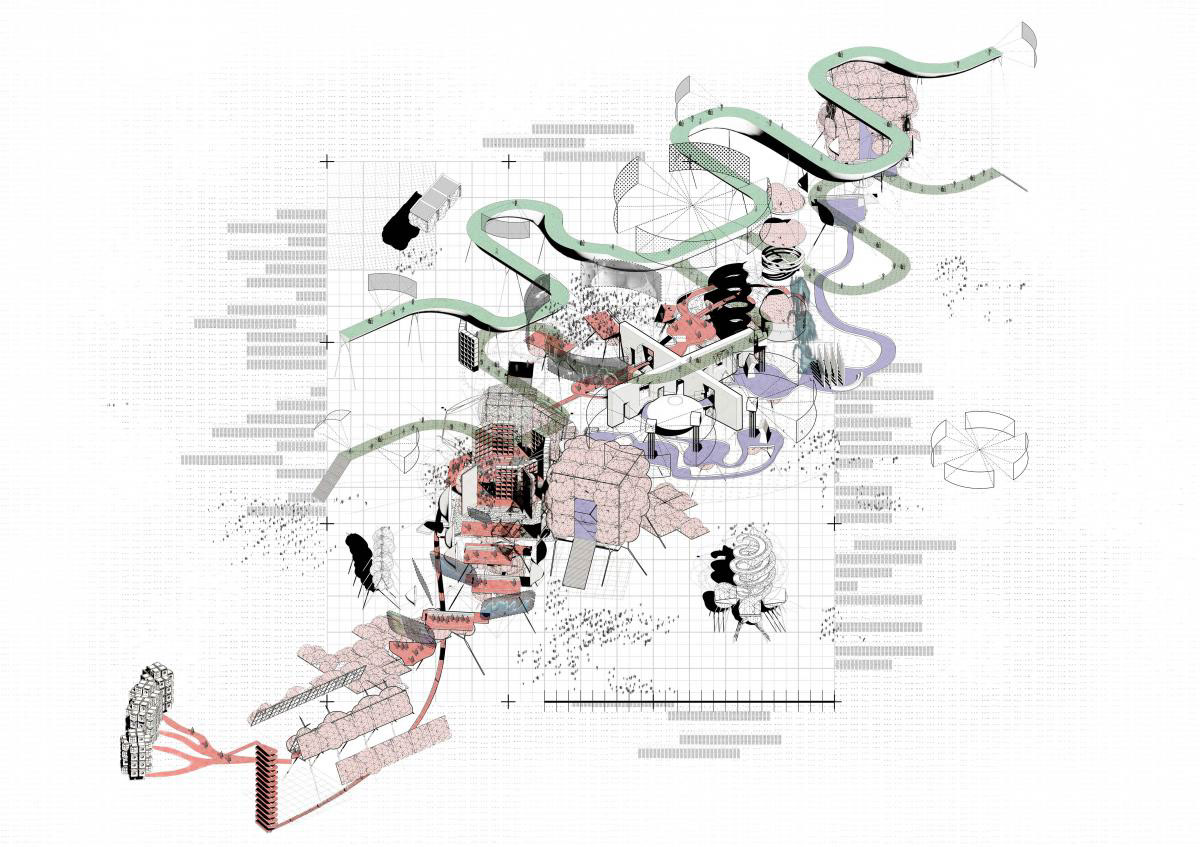
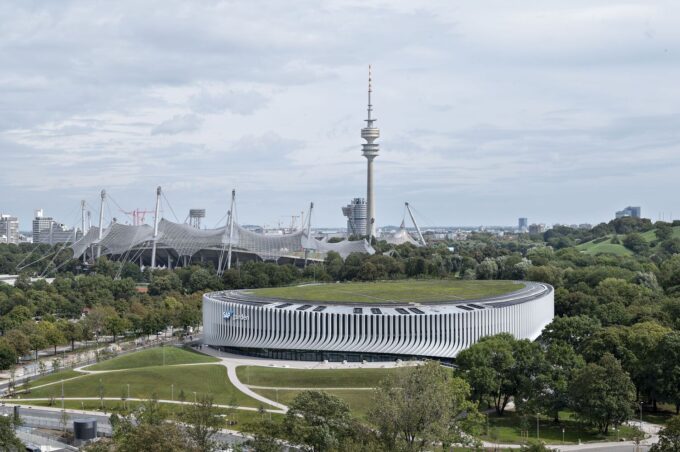



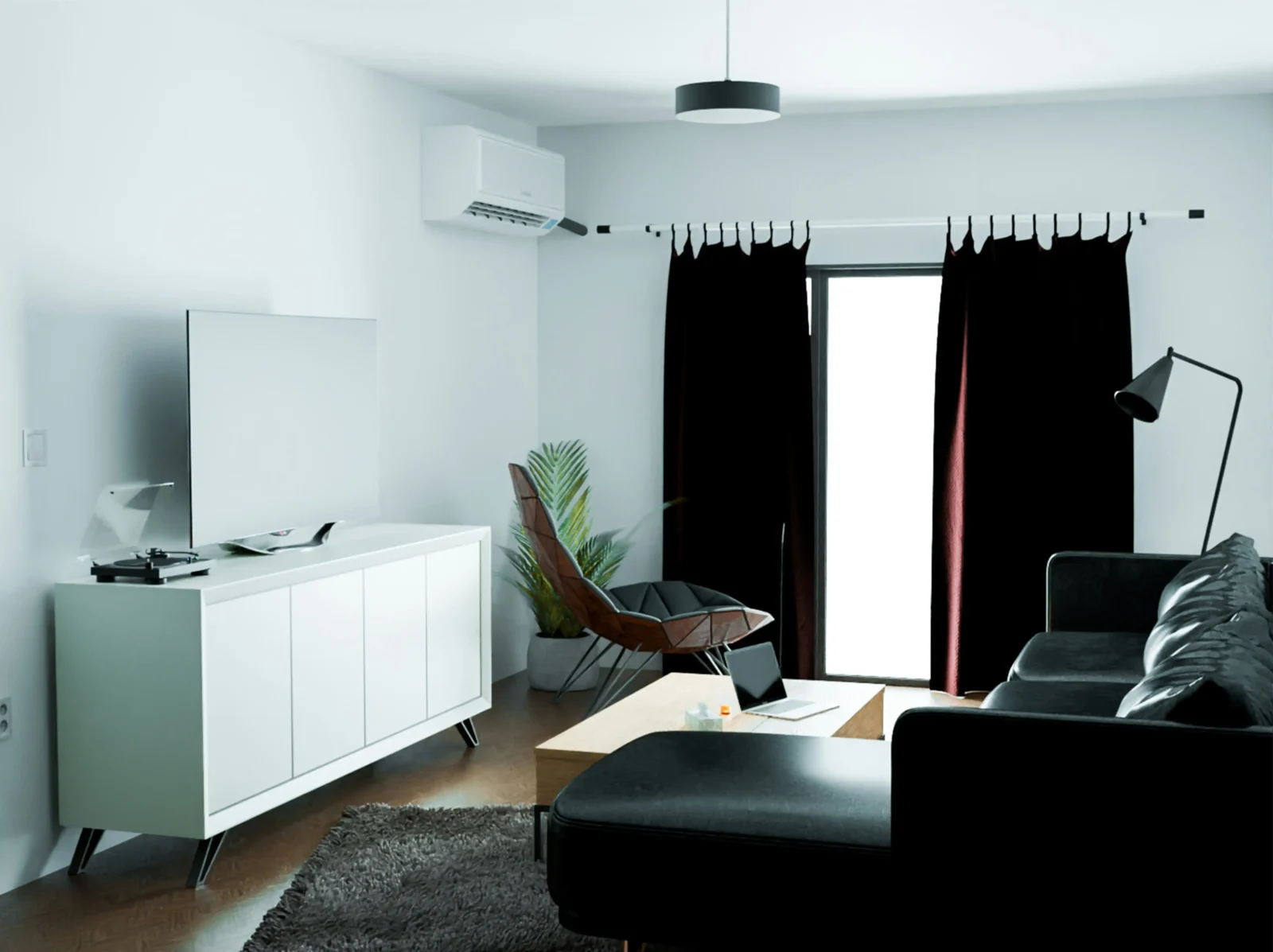

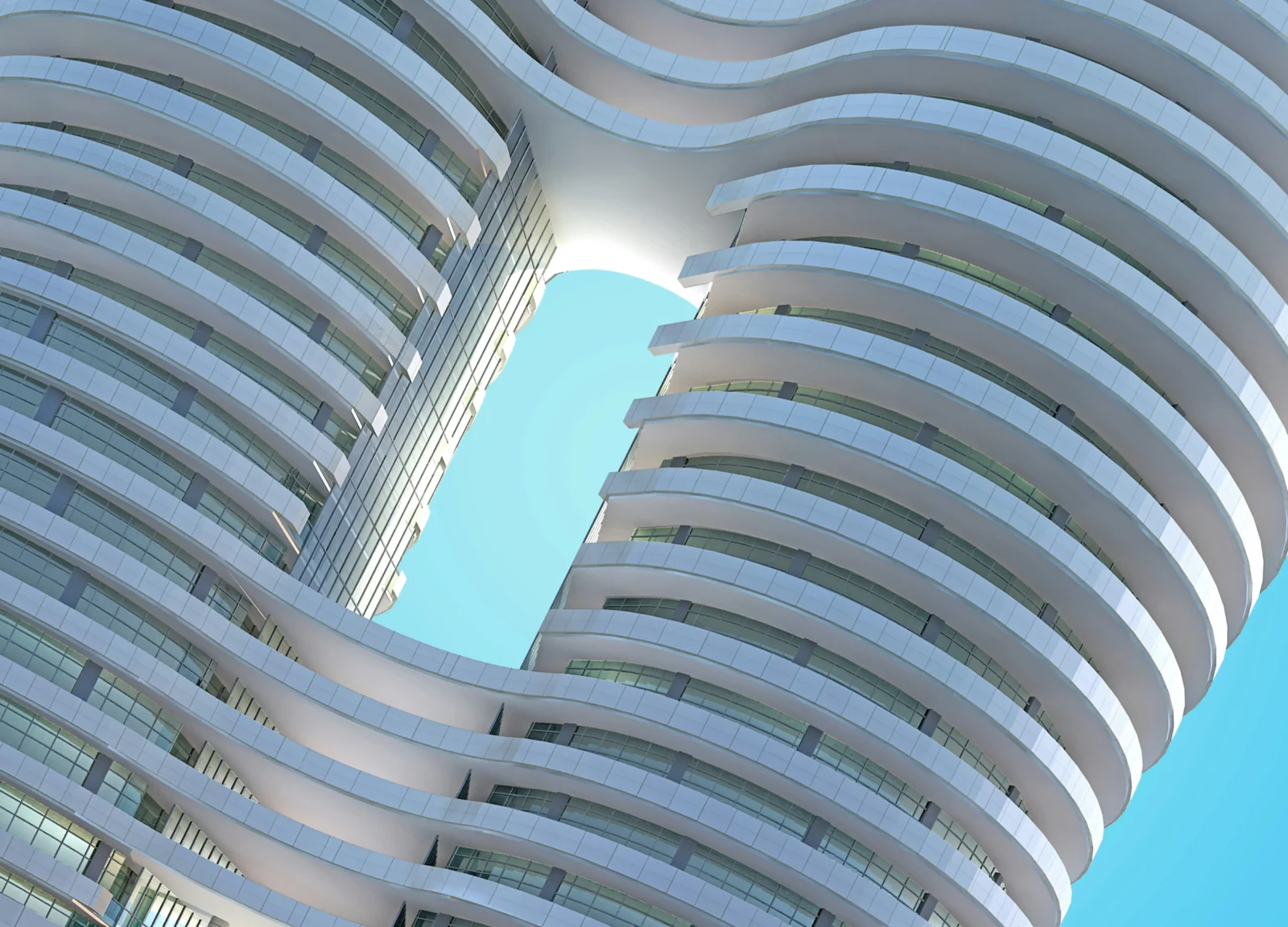
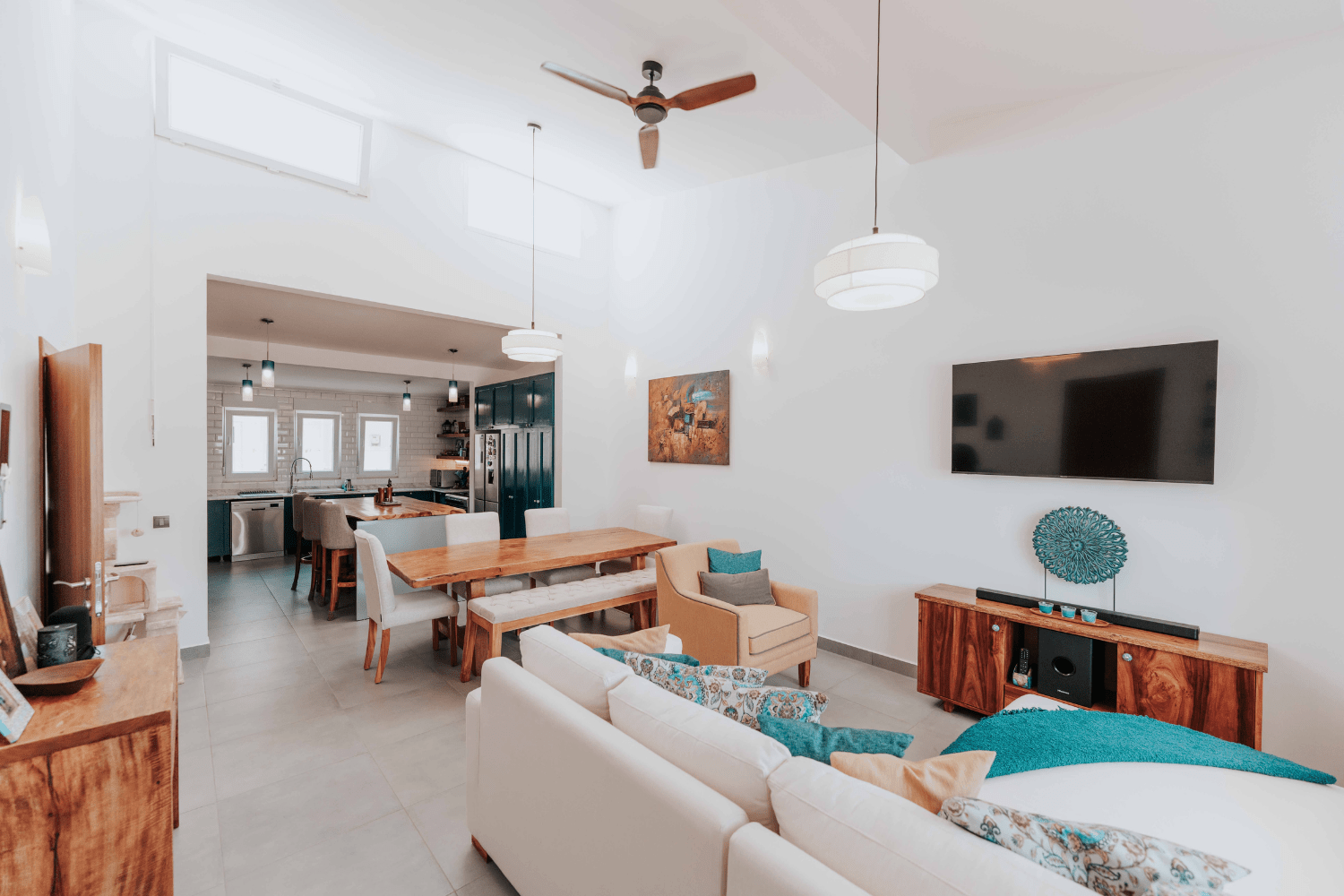
Leave a comment